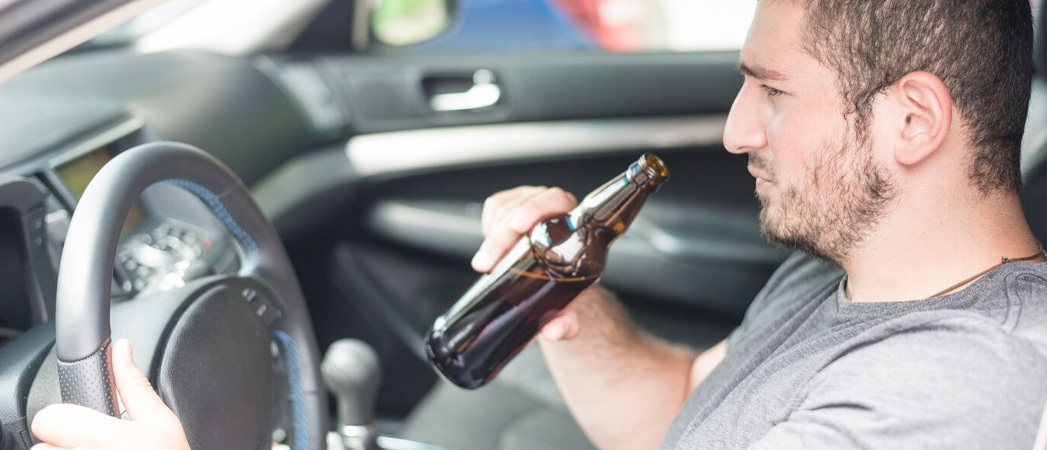|
|
Last
Modified on
May 19, 2025
Every year, hundreds of car accidents occur because of drunk driving. While you can file a lawsuit against the drunk driver and get some form of compensation, the main goal should be to prevent such accidents occurring in the first place. The first way to do so is by implementing strong laws against drunk driving. It is illegal for anyone with a blood alcohol content above 0.08% to drive a vehicle. If a person is under 21 years of age, he or she cannot drive a vehicle if there is any trace of alcohol in their system. This law has prevented many nasty accidents caused by drunk drivers. An officer who has reasonable suspicion that a driver has violated the DWI laws of the state or City shall stop the vehicle in accordance with Chapter 1.2.4.1 – Stops and
Chapter 1.2.4.3 – Vehicle Stops.
Sobriety checkpoints are another important way to make sure drivers are not drunk. It is up to the police’s discretion to decide who to stop and test for possibly being inebriated. An ignition interlock that has been installed in the car can measure alcohol on the driver’s breath. If the driver is found to have a BAC above 0.02%, the car won’t start. This strategy is usually employed to deal with people who have been convicted of drunk driving in the past.
Some states employ multi-component interventions in which many policies are combined to prevent drunk driving. In order for such programs to work, it is essential to mobilize the entire community to take part in the design and implementation of the policy. It is also important to run mass media campaigns. This helps spread awareness about the dangers of drunk driving and encourages people to not indulge in the practice. Making sure the penalties put in place for drunk driving are severe will also dissuade future offenses.
The police have the right to revoke or suspend a driver’s license if their BAC level is found to be too high or if the driver refuses to submit to testing. A license can be suspended permanently or for a minimum of 90 days. The practice of alcohol screening can result in teachable moments. These can be used to identify people who are at risk of alcohol problems and provide them with the help they need. Such services should be made available in hospitals, universities and other settings. Instructional programs can also be made for use in schools to teach teens the dangers of drunk driving.






